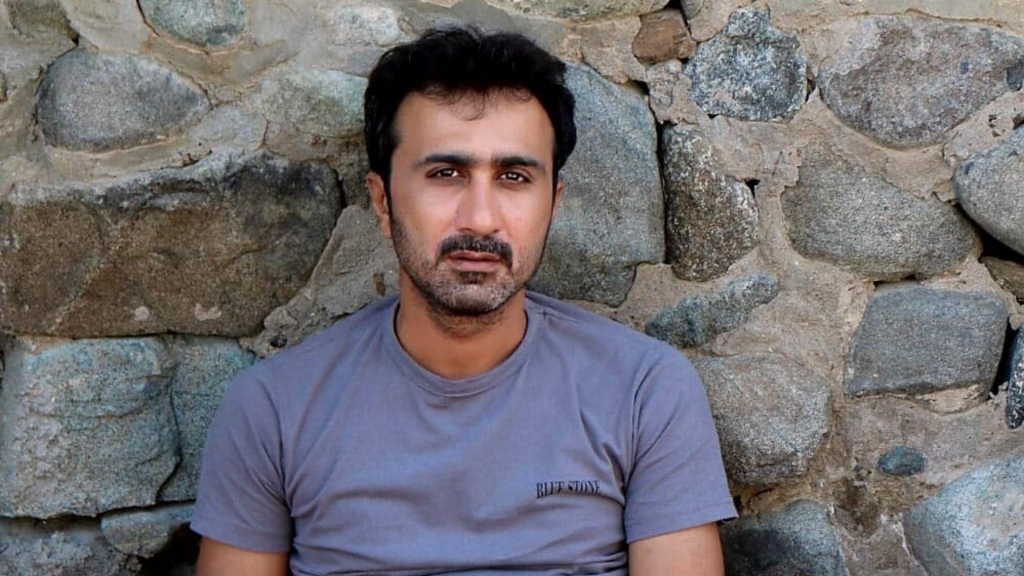The new book Tears of Sindhu: Sindhi national struggle in historical context explores Sindh’s political history with a scholarly view. Authored by Dr Naseer Dashti, a prolific Baloch scholar, this new release is one of the most interesting books on the history of Sindh.
Authors and writers belonging to power corridors that subjugated Sindhis for centuries have blurred Sindh’s with their biased presentation of one of the world’s most ancient civilizations.
Bringing out the true history is a daunting task; however, Dr Dashti has tried to navigate and explore major events in Sindh’s history with the most reliable scholarly references. The book unfolds events during the golden era of Sindh as well as the darkest periods of Sindhi national life ignored and hidden under the falsified historical accounts for decades.
Going through the pages of the book, one comes face to face with the reality of the glorious period of Sindh’s history before the invasion of the Arabs during 7th century AD. It was the period when Sindhis were enjoying the glories of a mighty empire. It was the period when Sindhis were living in harmony with their neighbours and playing a key role in the regional trade. Secularism, tolerance and religious harmony seemed to be among the core characters of Sindhis in this empire.
King Dahir, the last ruler of the empire, was defeated in 712 AD by the Arabs during the early period of the Umayyad Dynasty. Dashti finds the Arab incursion in Sindh and beyond as a catastrophic event not only for Sindh but for the whole region. The Arab Bedouin were just plunderers who not only plundered the riches of Sindh but also destroyed everything beautiful in Sindh, defacing Sindhi culture, traditions and social values. With large-scale massacres and forced conversions, they replaced the oldest religions of the region with the newly-founded Arabian faith of Islam with far-reaching social and political consequences for the region. It appears that the Arab invasion of Sindh opened the doors for several other plundering nations of central Asia and the Middle East. They raided and plundered the whole region mercilessly for centuries.
Dr Dashti describes the Sindhi power of resilience and attempts to regain their sovereignty on several occasions. Two Sindhi states after the devastation caused by the Arab invasion up to the British occupation of Sindh were breathing spaces for Sindhis. Sindhi states under Sumro and Sammas during 14th and 15th centuries and under Kalhodas and Talpurs during 18th and 19th centuries were attempts by Sindhis to reconnect themselves with their glorious past and cherished social values.
The British arrived in India in the guise of East India Company for trade, but gradually colonized the whole region. They brought drastic changes in the administration and societies of these countries. They divided people, used their power to sow animosity among various sections of the society on religious or tribal grounds in order to sustain their rule over them. The people who lived for thousands of years together without any religious issue were pitched against each other. That is what happened to Sindh during the British occupation.
The first and the second world wars broke the backbone of many empires around the world. The British began to feel the heat in India and realized that they had to leave India. With several references, the author establishes that the British planned to safeguard their political and economic interests in the region after their withdrawal from the region. The division of India and creation of a religious state of Pakistan was to guard their vital interests in the region. Sindhis and many other nations became the victim of the imperial designs of the colonial power and they were incorporated against their will into Pakistan.
The book discusses various aspects of Sindhi national struggle since its incorporation into Pakistan. It is a tale of exploitation and humiliation for Sindhis since 1947 under the religious state which is treating Sindh as a colonial possession.
Tears of Sindhu is an important and valuable book on the history of Sindh. In the midst of muddy historical versions of invaders that completely disregarded facts and in some cases even replaced it with their own falsified versions, the book presents historical events in an unbiased and factual way. The author seems to unearth the history of Sindh by presenting a wider realistic narrative for the present and coming generations of Sindhis.
The writer is a human rights campaigner based in London.



